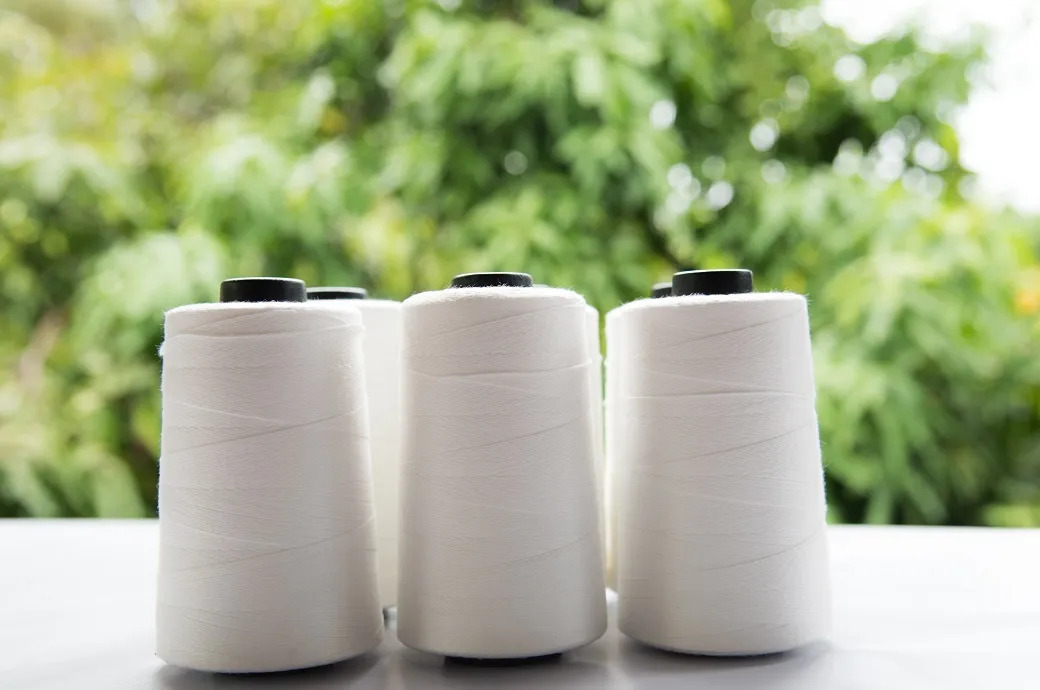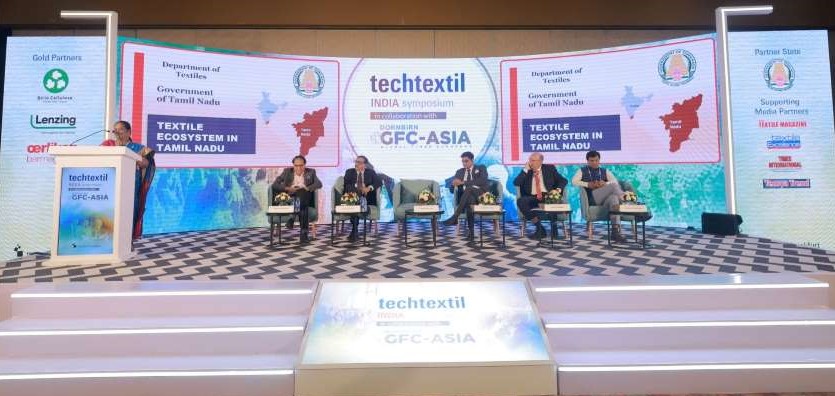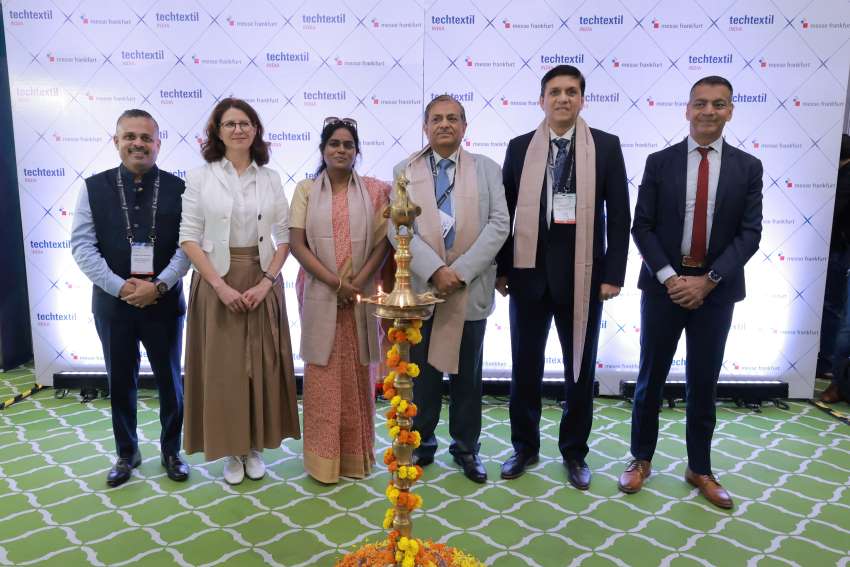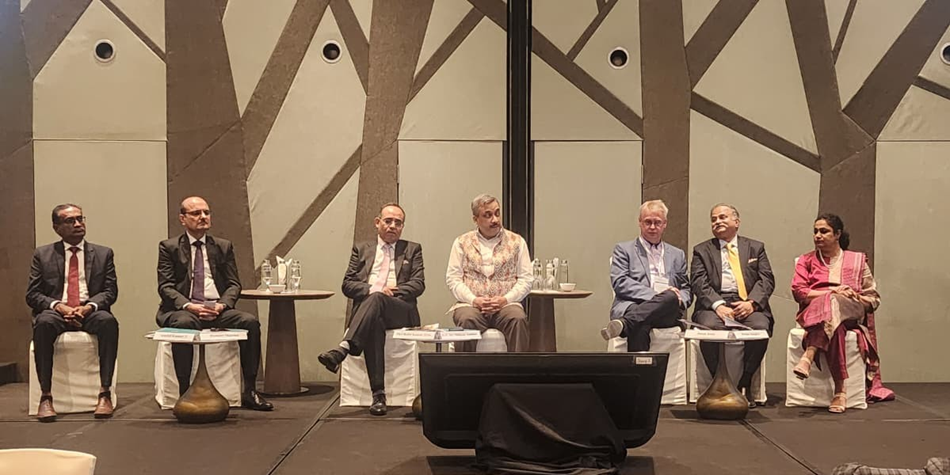
In a policy reversal that has given some relief across India’s textile ecosystem, the Ministry of Textiles has officially rescinded the Quality Control Order (QCO) on Viscose Staple Fibre (VSF) with immediate effect. Published in The Gazette of India on November 18, 2025, the order reverses the earlier mandate that required mandatory Bureau of Indian Standards (BIS) certification for all imported VSF.
The government notification was unequivocal. Acting under its statutory powers, and after consultation with BIS the Ministry stated that it “hereby rescinds the notification… dated 29th December 2022… relating to Viscose Staple Fibres with immediate effect.” This reversal marks more than just the removal of a compliance requirement. It signals a recalibration of India’s raw material policy in favour of global integration, lowered costs, and higher export competitiveness, a thread that ties directly into the nation’s Vision 2030 of achieving $100 billion in textile exports.
A policy reversal that rebalances market power
When the QCO on VSF came into effect in April 2023, it reshaped the MMF value chain in a way few anticipated. With BIS approvals delayed for most overseas suppliers, VSF imports fell sharply, effectively leaving the domestic industry dependent on a single local producer. The rescission disrupts that monopoly and opens the gates to global suppliers, reintroducing choice, competition, and supply flexibility.
Analysts view the move as part of a broader correction, coming on the heels of similar rollbacks on polyester intermediates reflecting the government’s evolving understanding that supply-side restrictions, however well-intentioned, can undermine cost competitiveness in export-led industries.
How VSF’s return to open markets alters MMF economics
Price Realignment: This is a correction long overdue. Before the rescission, domestic VSF commanded a 10-12 per cent premium over comparable grades from China, Indonesia, and Thailand. With imports now open, this price wedge will narrow quickly.
Table: Price dynamics before and after rescission
|
Metric |
Pre-rescission |
Post-rescission outlook |
What it means |
|
VSF Price Gap |
10-12% higher than imports |
Prices expected to converge toward global average |
Indian spinners gain breathing room—critical for yarn costs and export competitiveness |
|
Domestic Monopoly Pricing |
Supported by import restrictions |
Competition from multiple global suppliers |
Reduces raw material inflation and improves blending economics |
|
Impact on PSF |
VSF premium kept PSF more competitive |
Lower VSF prices will pressure PSF and P-V blends to adjust |
Entire MMF basket becomes more globally aligned |
The rescission of import restrictions marks a significant shift from a protected, high-cost domestic market to a competitive, globally aligned one.
• Cost relief: The elimination of the 10-12 per cent price premium on Viscose Staple Fibre (VSF) allows domestic prices to align with global averages, directly lowering raw material costs for Indian spinners.
• Market correction: The move effectively dismantles domestic monopoly pricing by introducing competition from international suppliers. This is expected to curb raw material inflation and make blended textiles (like Polyester-Viscose) more economically viable.
• Broader alignment: The price drop in VSF will likely force a price correction in Polyester Staple Fibre (PSF) and other substitutes to maintain competitiveness, resulting in a more efficient and globally competitive Man-Made Fibre (MMF) sector overall.
Demand revival as blends take centre stage again
Globally, MMF accounts for nearly 75 per cent of total fibre consumption, and India’s long-term growth strategy hinges on capturing a larger share of this market. VSF plays a crucial role in textile categories that demand breathability, drape, and comfort, qualities prized in womenswear, knits, home textiles, and fashion-forward products. With lower VSF prices spinners can revive dormant poly-viscose lines Mills can optimize blending ratios with cotton during volatile cotton price cycles. Exporters can re-enter markets where price competition from Bangladesh and Vietnam had grown fierce. This is particularly relevant for knitwear hubs like Tiruppur, Ludhiana, Kolkata et al and suiting clusters like Bhilwara, where VSF-based blends form the backbone of seasonal and value-added product lines.
Supply chain relief after a period of artificial constriction
One of the most significant benefits of the rollback is the restoration of an uninterrupted supply chain. During QCO enforcement imports from China, Indonesia, and Thailand were restricted; BIS approvals remained stuck in long bureaucratic cycles; import volumes crashed by 65 per cent within a year; spinners were forced to rely on a single domestic supplier and raw material inflation eroded export margins.
Table: Import and supply chain impact of the QCO
|
Metric |
Pre-rescission impact (VSF) |
Policy implication |
|
VSF Imports Decline |
Plummeted by 65% in less than a year after QCO enforcement (April 2023 onwards) |
Imports expected to surge as spinners secure raw material at competitive global rates |
|
Domestic Price Premium (VSF) |
10% - 12% over international prices |
Narrowing of the price gap, crucial for the cost structure of spinners and weavers |
|
VSF Import Sources Restricted |
Imports from key sources like China, Indonesia, and Thailand were restricted due to BIS licensing delays |
Wider access to foreign suppliers will enhance India's global competitiveness in MMF apparel |
The rescission rectifies significant supply side distortions that had previously hampered the industry. In fact, moving from a single domestic supplier to a diversified global base reduces the industry's vulnerability to domestic price shocks and supply constraints. The sharp drop in imports (65 per cent) had inflated costs, making Indian exports uncompetitive compared to rivals like Bangladesh and Vietnam. The policy reversal is expected to restore cost parity. And reinstating full access to Advance Authorization allows exporters to engage in long-term planning and pricing, which was previously difficult due to regulatory uncertainty and insufficient exemptions.
A lifeline for Indian exporters battling global rivals
Countries like Bangladesh, Vietnam, and Indonesia, India’s fiercest competitors in MMF-based apparel have long benefited from unrestricted access to low-cost VSF and polyester. The QCO-imposed cost premium acted as a penalty on Indian exporters, making it harder for them to compete in categories such as fashion knits, blended suiting, athleisure, viscose-rich womenswear and home textiles. With raw material costs now expected to normalize, India can reclaim lost competitive ground, especially in large global markets like the EU, Middle East, and the US.
What’s more, the timing is critical. Global buyers are actively diversifying sourcing away from China, and India is positioning itself as the world’s China+1 alternative. The rollback helps India enter this race with fewer handicaps.
No wonder, across associations spinners, weavers, powerloom clusters, garment exporters the reaction has been uniformly positive. The Ministry of Textiles stated that the move will “ensure seamless access to quality raw material, enhance global competitiveness, and drive industry-led growth.”
Industry bodies have labelled it as path-breaking, structural step forward and essential for India’s Vision 2030 targets. The common sentiment is that the rollback realigns India’s policy framework with market realities.
What this means for the Vision 2030 ambition
India aims to scale the textile sector from $160 billion today to $350 billion by 2030, including $100 billion in exports. To get there, two fundamentals are non-negotiable first is raw material security and second international price parity. The rescission of the VSF QCO checks both boxes as it reopens access to competitively priced global fibres and restores the momentum for MMF-based product diversification. It also strengthens India’s case as a reliable global sourcing partner while encouraging new investments in spinning, weaving, and fibre innovation. What’s most important is that manufacturing costs for MSMEs, the backbone of the textile chain also reduces with this move. And as the world shifts toward high-performance fabrics, technical textiles, and MMF-rich garments, India’s policy now aligns with the trajectory the global market is already on.











